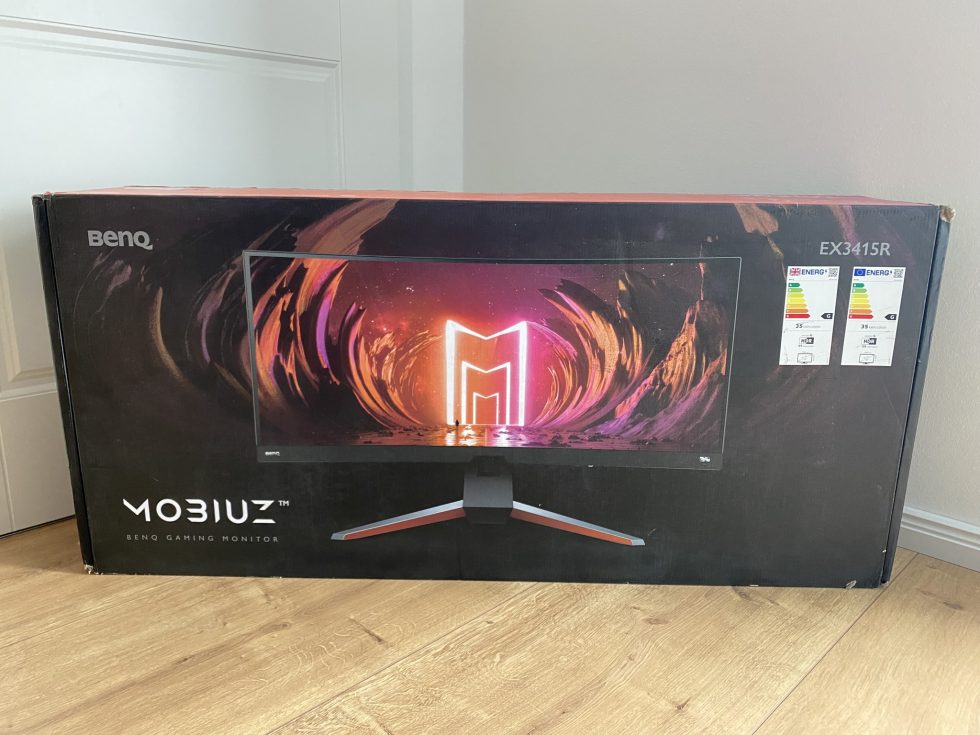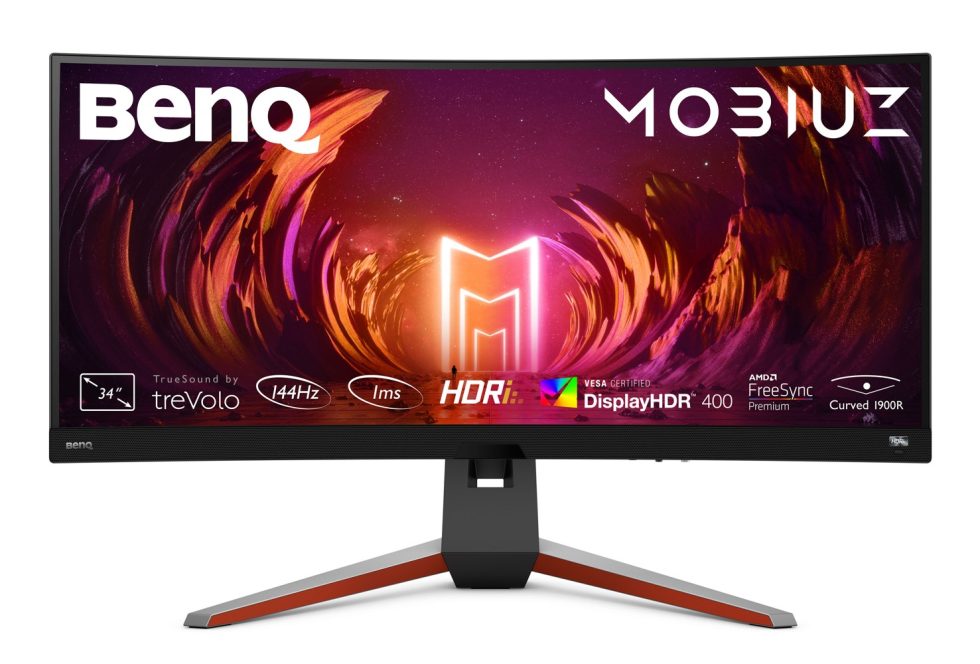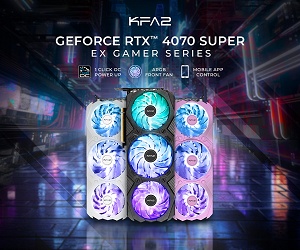Last year, we already had an Ultrawide monitor in my test. And, because that was so nice, I thought, let’s do another one right away. BenQ sends the Mobiuz EX3415R into the race to acquire the customers’ favor. A 34 inch monitor with a 1900R IPS curved display. Thus, nothing new, but the view is well worth it. BenQ calls an MSRP of 809 Euros for the monitor. Thus, BenQ undercuts last year’s reviewed ASUS ROG Strix XG349C – in terms of price – by a considerable margin. This will definitely be interesting!
Well packed, the monitor arrives at your home. What’s hiding inside comes on the next page. Before that, let’s take a look at the technical specifications. Because we have the opportunity to compare the BenQ with the ASUS here. In the end, we will see if the two monitors differ significantly and if the surcharge compared to the ASUS is really justified. Probably not! If you compare the data sheets, you almost have to look for the differences in the fine print. If you want to learn more about the Mobiuz EX3415R: click here to visit the manufacturer’s website: Click!
datasheet_BenQ MOBIUZ EX3415R
Basically, it can be assumed that the BenQ Mobiuz EX3415R is identical to the XG349C with its IPS panel (from LG Displays) and the associated RGB subpixel layout. Also, both monitors use the same panel from LG. Even if ASUS does not want to admit it. That remains my guess. But now we’re talking about the BenQ monitor, and how could it be otherwise, the name, which is hard to pronounce, hides a code: E = Entertainment Segment; X = Gaming Series; 34 = inch; 15 = 15. Generation and R = Curved. Thus, the code would also be decrypted. The panel is advertised with 10 bit color depth, but in reality it is 8 bit + FRC. BenQ also offers Black Equalizer, HDR mode and Blur Reduction.
What’s missing are crosshairs that can be displayed via OSD, but that’s more a matter of taste in the end. We’ll take a detailed look at what else you can get on the next few pages. I would say let’s go.
- 1 - Introduction, Features and Specs
- 2 - Workmanship and Details
- 3 - How we measure: Equipment and Methods
- 4 - Pixel Response Times
- 5 - Variable Overdrive
- 6 - Display Latencies and Blur Reduction
- 7 - Color-Performance @ Default Settings
- 8 - Direct Comparison
- 9 - Color-Performance calibrated
- 10 - Summary and Conclusion



































21 Antworten
Kommentar
Lade neue Kommentare
Veteran
Moderator
Mitglied
Veteran
Urgestein
Moderator
Veteran
Veteran
Moderator
Veteran
Veteran
Veteran
Urgestein
Veteran
Veteran
Mitglied
Urgestein
Moderator
Moderator
Alle Kommentare lesen unter igor´sLAB Community →